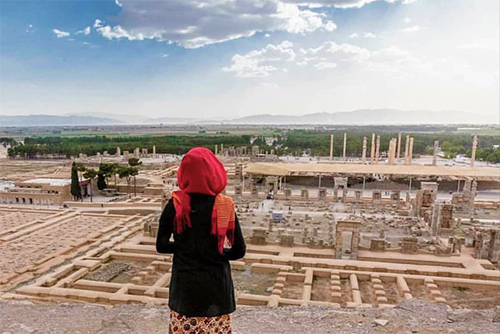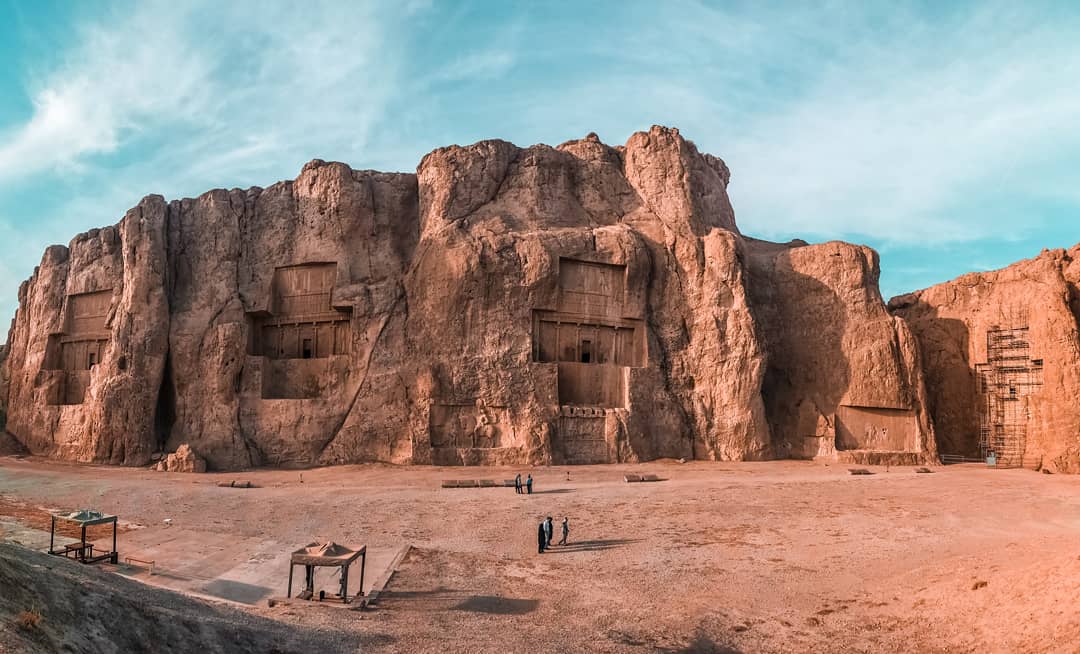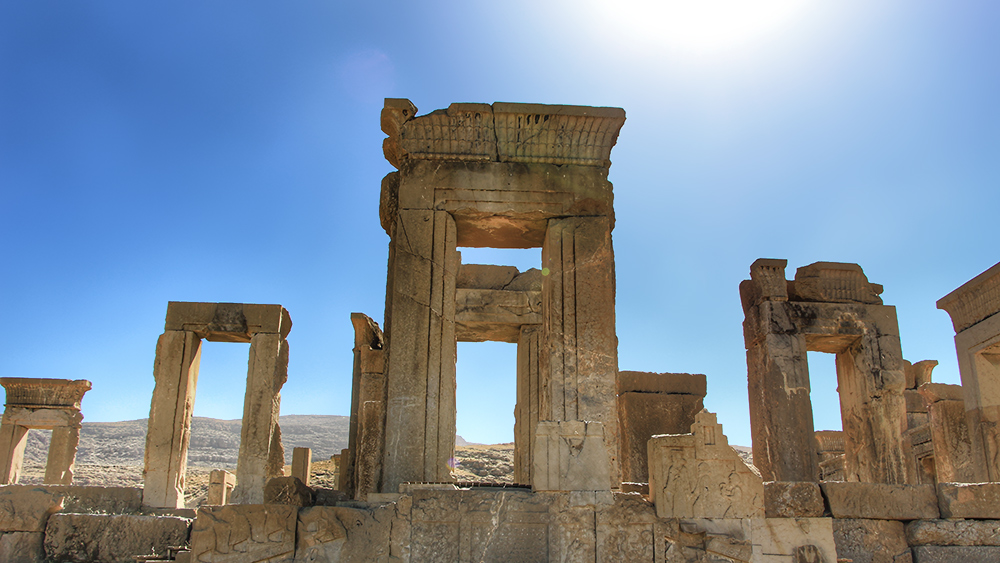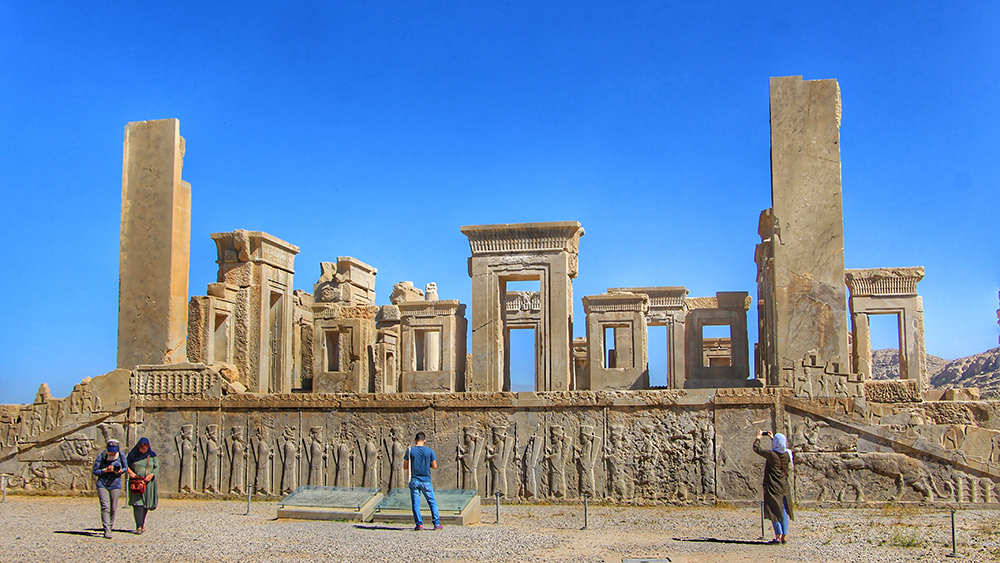 Signin with Google
Signin with Google Signin with Facebook
Signin with Facebook
The Grandeur of Persepolis to Peace of Local Vicinity
Persepolis of Iran tour | The Image of the Achaemenid Monarchy and discovery in neighboring of the world heritage
Book
- Gallery
- Overview
- What you experience
- Available On
- Locations
- Features
- Necessities



He wished Parsa, the Perses Polis to be "The Image of the Achaemenid Monarchy" where the figures of the king reappear endlessly as the downtrodden enemy carries his throne and long cohorts of sculptured warriors and tribute conveyors parade unceasingly.
This experience is the most complete immersion at the roots of the Persian Empire, in one the world's greatest archaeological sites and world heritages.
From the ancient capital of Achaemenid Empire at the foot of mountains take the route to the Necropolis of Naqsh-e Rostam, where the Persian kings made their last magnificent mark to demonstrate splendor in the city of death.
The venture through history and architecture ends up just nearby the glorious but silent Persepolis, in a rural village against chaos with homemade lunch and peaceful stroll in the neighboring the mountains.
Following the footprints of grandiose Achaemenid Empire at Persepolis
Visiting the Necropolis of Persian Kings bedecks rock stones with magnificent bas-reliefs
Calling on the village neighboring the world heritage sites at the mountain range
Tasting local cuisines at rural vicinity of imposing Persepolis
Making bread in local house and perceiving how the nomadic carpets are being woven
Milking sheep and goat's milk and observing shearing livestock's wool in spring season
- Meals: Lunch, Local cuisine and tea
- Transport: Private car or minibus to and back from Shiraz to the sites and rural village
- Other Services: English speaking guide, Tour of rural village
- Not included: Entry fees, Travel insurance, International airfare, Meals not stipulated in the itinerary, Tips (optional), phone calls, any other service not mentioned in the itinerary
- Sunscreen
- Sunglasses
- Water bottle
Discover the capital of the Achaemenid Empire that was hidden from the world until the invasion of Alexander the Great where Darius the Great started to build more than 2500 years before.
Persepolis, the eternal capital of the Persian Empire
In the immensity of silence, visitors are welcomed by the two-headed lions and phoenixes, which look like eternal guardians of the splendid palatial complex. Walk among the fine remains of the 1001 columns palace, and gaze at the sculpted friezes combining floral designs and soldiers. Listen to their story: they recall the processions of foreign visitors paying tribute to the king of one of the greatest empires of all time. The Apadana Palace has kept the mystery of these audiences intact...

Necropolis, the resting place of Achaemenid Kings
Close to Persepolis is the sacred Necropolis (Naqsh-e Rustam), where the founders of the Persian Empire lie for eternity. The gigantic tombs of Darius I, Xerxes, Artaxerxes I, and Darius II, are hollowed out of the cliff and embellished with sculpted figures and huge bas-reliefs. The row of the four tombs, all shaped in crosses and facing the visitor, inspires admiration.
These mountains chosen by Darius, as well as the whole area, are believed to be sacred, that's why many ancient tombs, called "Ostodan", can be found there. As the Achaemenids were Zoroastrians, this place also holds many holy places of this ancestral religion, such as Fire Temples.

Taste local life in the vicinity of Parsa, a terrace to Persepolis at Now
Fars Province's surroundings display green valleys and waterfalls hidden between the rocks. This natural paradise is home to several Iranian tribes and also has many old villages. Encountering the locals is the best way to get familiar with their culture and customs. You can walk around a traditional village to observe its unique architecture and appreciate its peaceful atmosphere before sharing a local meal.
Brief Itinerary
We leave Shiraz at 8 A.M., one hour later arrive at the Persepolis site. Visiting the site takes about 2 hours and a half. After some rest, we head toward Necropolis, at a short distance drive. After visiting Naqsh-e Rostam Necropolis for an hour, we moved to a neighbouring village close to the mountain. In this pleasant and authentic atmosphere, we share a local lunch with a rural family and visit around the village.
